{{phone.Value}}
successful admissions
of students enter the university of their choice
students consult Education Index when applying for universites
successful admissions
of students enter the university of their choice
students consult Education Index when applying for universites
In your first year, you’ll take on small design projects to gain a grounding in engineering mathematics and principles, supported by a broad introduction to energy from practising engineers. Current modules include: Mathematics for Engineers; Engineering Practice; Engineering Principles and Laws; Mechanics; Engineering Studies; and a number of options including business and languages.
Your first year taster course called Engineering Studies allows you to study a number of more focused engineering disciplines. Introductions to civil engineering, mechanical engineering, electronic and electrical engineering, and energy engineering are delivered through fieldwork, hands-on component assembly, 3D printing, CADCAM and case studies provided by visiting industrialists.
You then have the flexibility to change your degree path based on what you’ve learnt. You can choose your path at any point up to the start of your second semester or, with appropriate module choices, you can also delay the decision until the end of second year.
In addition to the core material that builds on your first year, you’ll be exposed to electronic and electrical engineering together with the fundamentals of mechanics, dynamics and vibration that are so important for mechanical engineers. This broad exposure is valued by employers who seek well-rounded engineers. Teaching in Engineering Principles and Design carries the thread of design through to your final year.
Your third year gives you the chance to put all you have learned into action, with an in-depth project based on your individual interests. This could be experimental research, a practical construction, a circuit assembly, building a small innovatively powered vehicle or any similar project. This task is crucial in defining your pathway towards a specific career, so we encourage students to exploit their industry contacts to link their study to a real engineering problem.
Project management skills are embedded in this module together with understanding commercial risks and opportunities. Stress analysis and design are also taught alongside control systems to provide an insight into the world of mechanical engineering.
The key feature of fourth year is the multidisciplinary design project. This major team-based project is the culmination of the design theme and uses a recent project from industry as a basis for consolidating your skills. Typically a company will provide us with a real client brief and students will spend the autumn term developing their own proposals to present to professional engineers.
Each student will then have responsibility for producing a detailed design of one aspect of the work in the same way that they would as a new graduate. Students will use site visits to support their learning and present their complete proposal to the real client. In parallel with this exercise you choose from a range of optional modules, one of which can include a further industry placement.

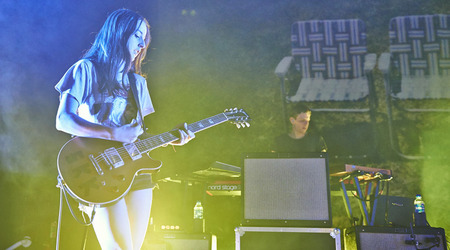
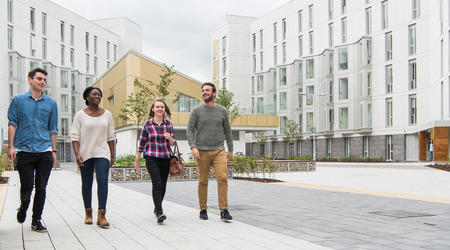

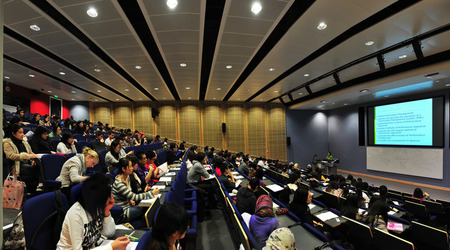
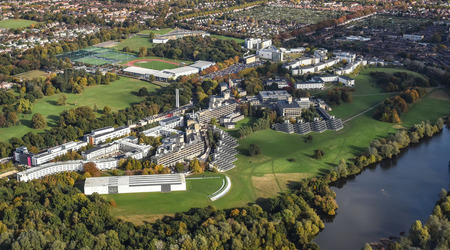
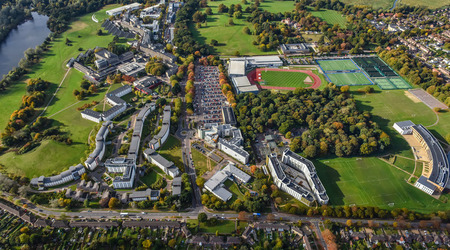
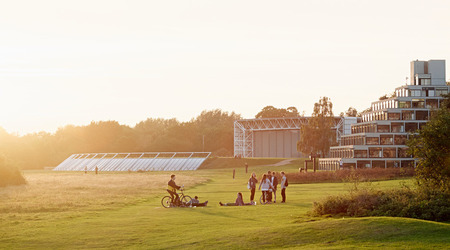
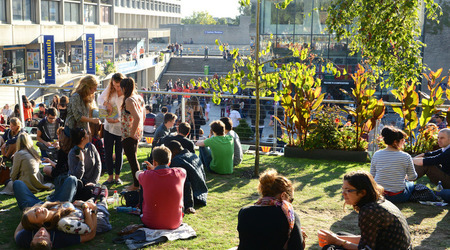


The University of East Anglia is based in the vibrant city of Norwich, located in the east of England. The city is less than two hours by train from London and is a unique blend of historic English architecture and modern design, which creates a dynamic and unforgettable atmosphere.
Norwich is home to eight theatres, five museums, four cinemas, two cathedrals, four music venues and a castle. There are 300 pubs, restaurants and bars,1500 historic buildings as well as modern developments such as The Forum, which is the home of the regional BBC studio and the award-winning Millennium Library.
As a base for exploring Britain, Norwich is just a short journey from Cambridge and other key cities with coaches and trains conveniently connecting you with the rest of the UK. International students are also able to take advantage of Norwich International Airport which is conveniently located 15 minutes from campus.